Specialties
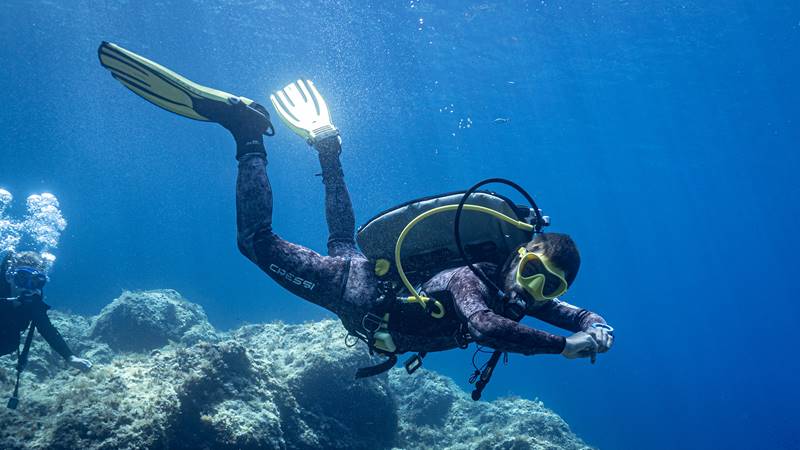
Enriched Air – Nitrox
The most popular PADI specialty course. Scuba diving with enriched air nitrox gives you more no decompression time, especially on repetitive scuba dives.
Why?
Because scuba diving with enriched air nitrox gives you more no decompression time, especially on repetitive scuba dives. If staying down longer and getting back in the water sooner sounds appealing, then don’t hesitate to become an enriched air diver. If you’re a PADI (Junior) Open Water Diver who is at least 12 years old, you can enroll in the Enriched Air Diver Specialty course.
Note that in some regions the minimum age is older than 12.
Deep Diver
Explore deeper dive sites with confidence at depths down to 40 metres/130 ft. Learn to manage your gas supply, go over buddy contact procedures, and buoyancy control.
The lure of the deep. There’s something exciting and mysterious about exploring deeper dive sites while scuba diving. Sometimes it’s a wreck that attracts you below 18 metres/60 feet, and on wall dives it may be a giant fan or sponge. Whatever it is, to scuba dive with confidence at depths down to 40 metres/130 feet, you should take the PADI Deep Diver Specialty course.
If you’ve earned the PADI Adventure Diver rating or higher, and you’re at least 15 years old, you can enroll in the Deep Diver course.
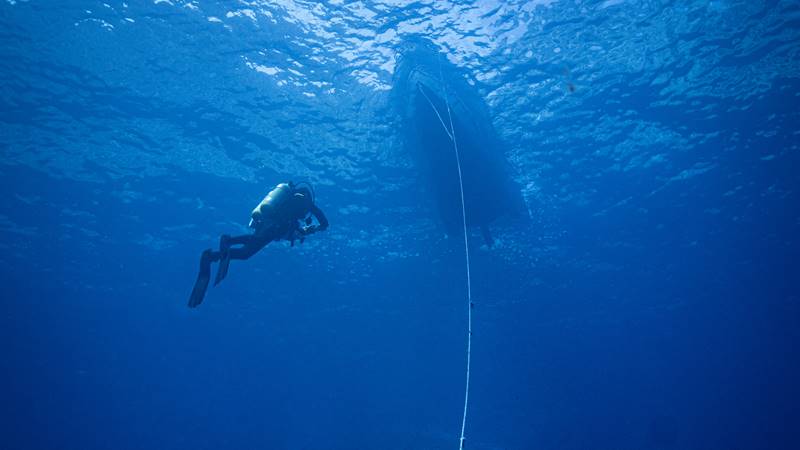

Flotabilidad
El excelente control de la flotabilidad es lo que define a los buceadores expertos.
Ya los habrás visto bajo el agua. Se deslizan sin esfuerzo, usan menos aire y ascienden, descienden o se mantienen flotando inmóviles casi instintivamente.
Pueden observar más fácilmente la vida acuática sin perturbar sus entornos.
Tú también puedes conseguir hacerlo. El curso PADI Peak Performance Buoyancy Specialty mejora las técnicas de control de flotabilidad que aprendiste como buceador novato y las eleva a un nivel superior. Los buceadores PADI (Junior) Open Water Divers o con nivel superior, que tengan al menos 10 años de edad pueden optar a participar en el curso Peak Performance Buoyancy.
Sidemount Diver
A sidemount configuration (scuba tanks alongside of the diver) offers more flexibility and better steamlining options. Learn about the many benefits of diving with a sidemount configuration.
Having scuba tanks on your back isn’t a requirement for exploring the underwater world. Many scuba divers have discovered the joy of mounting cylinders on their sides. Sidemount diving gives you flexibility and streamlining options. Plus, you don’t have to walk with heavy cylinders on your back – just enter the water, clip them on and go. Sound interesting? Sign up for the PADI Sidemount Diver Specialty course.
If you’re a PADI Open Water Diver who is at least 15 years old, you can enroll in a PADI Sidemount Diver course.
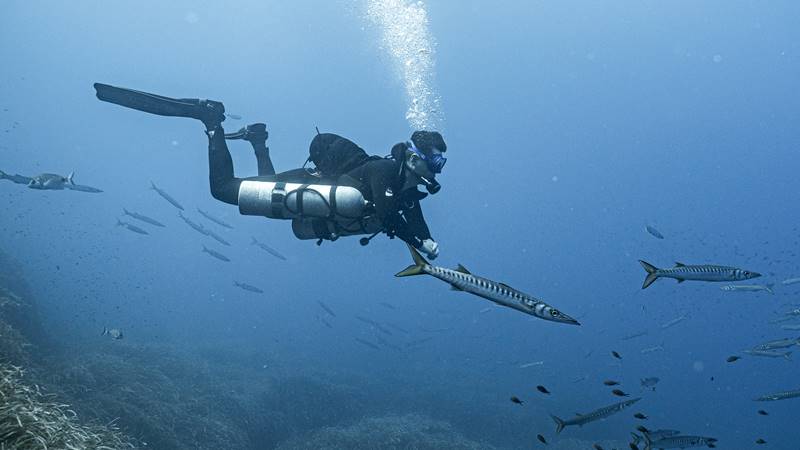
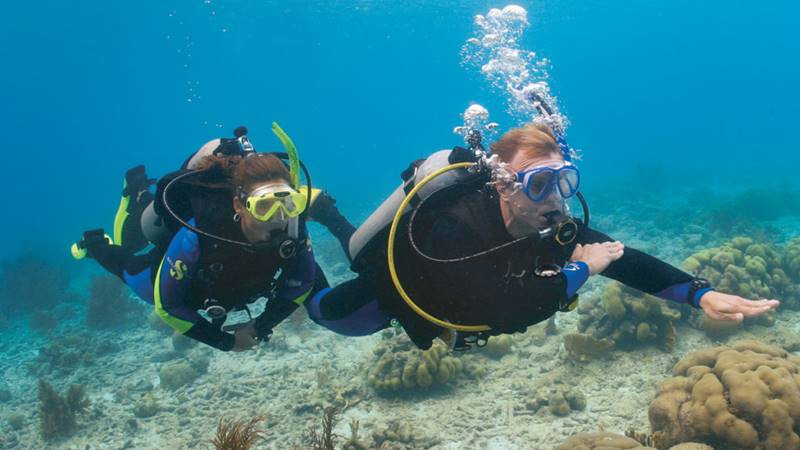
Underwater Navigator
Fine-tune your underwater observation skills and learn to use your compass more accurately. This course may count towards college credit.
Be the scuba diver everyone wants to follow because you know where you are and where you’re going. The PADI Underwater Navigator course fine-tunes your observation skills and teaches you to more accurately use your compass underwater. If you like challenges with big rewards, take this course and have fun finding your way.
If you’re a PADI (Junior) Open Water Diver who is at least 10 years old, you can enroll in the PADI Underwater Navigator Specialty course.
Cavern Diver
Gain the knowledge and skills to explore caverns correctly and safely. This course guides you to enter far enough for adventure, but stay within the light zone for an easy exit to open water.
Caverns exist in many areas where scuba divers venture – from freshwater springs to volcanic island walls and limestone coasts. In these locations you’ll find large, dark spaces that seem incredibly inviting, yet are potentially dangerous. The PADI Cavern Diver Specialty course gives you the knowledge and skills to explore caverns correctly – allowing you to enter far enough for adventure, but staying within the light zone for an easy exit to open water.
You need to be PADI Advanced Open Water Diver who is at least 18 years old to enroll in the Cavern Diver course.
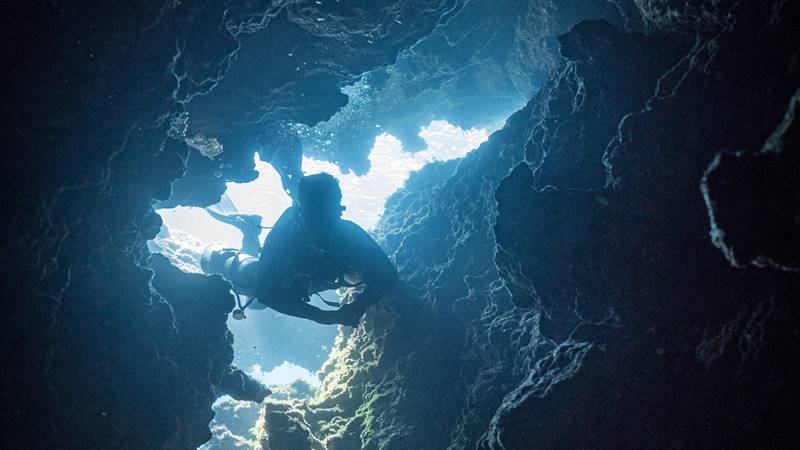
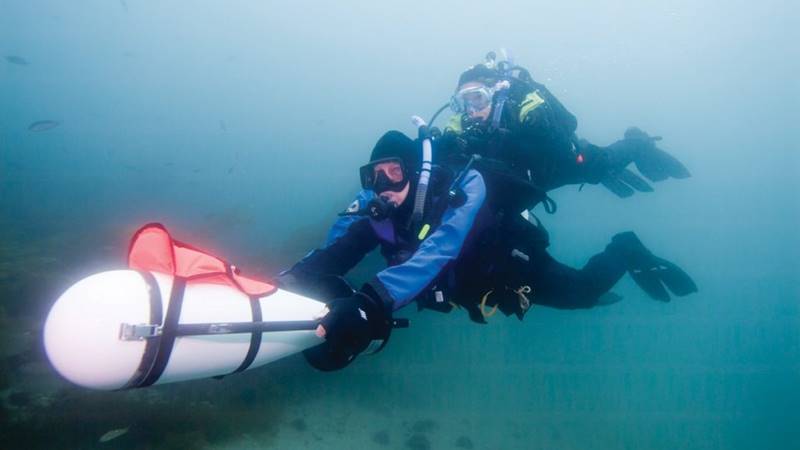
Dive Propulsion Vehicle
Propel your way through the water and glide over reefs, buzz around a large wreck or weave through a kelp forest. You must be at least 12 years old and a PADI (Junior) Open Water Diver or higher.
DPVs offer a thrilling way for scuba divers to see a lot of underwater territory in a short amount of time. They scoot you through the water allowing you to glide over reefs, buzz around a large wreck or weave through a kelp forest. Whether making a shore or boat dive, a DPV is a great way to see more and have fun doing it.
If you’re at least 12 years old and a PADI (Junior) Open Water Diver or higher, you can enroll in the PADI Diver Propulsion Vehicle course.
Dry suit diver
Becoming a dry suit diver allows you to expand your boundaries and dive more places, more often. This suit seals you off from the water and keeps you comfortable, even in surprisingly cold water.
Want to stay warm?. Want to extend your scuba diving season?.
Then dive dry. A dry suit seals you off from the water and keeps you comfortable, even in surprisingly cold water. There is incredible diving in the world’s cooler regions and in some areas, conditions are even better in colder months. Becoming a dry suit diver allows you to expand your boundaries and dive more places, more often.
If you’re at least 10 years old and certified as a PADI (Junior) Open Water Diver or higher, you can enroll in the Dry Suit Diver course.
(Photo: Sacha Lobenstein)
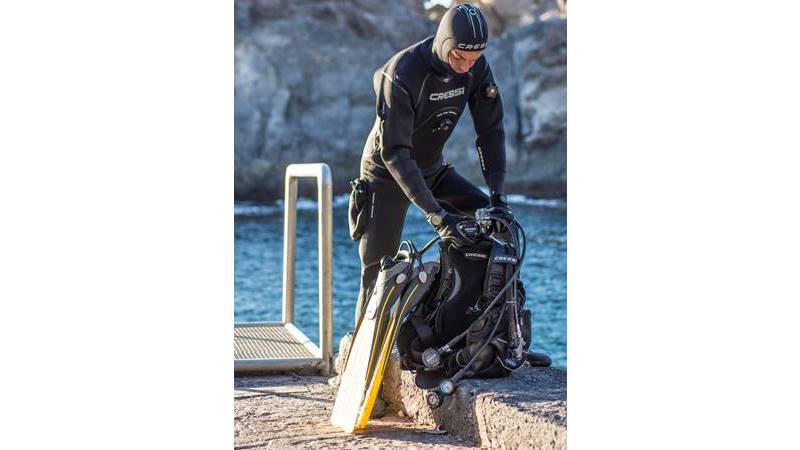
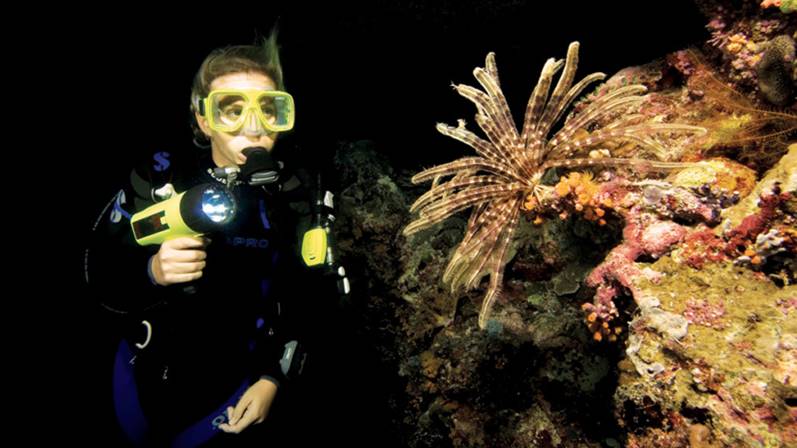
Night diver
The underwater world changes as day creatures retire & nocturnal organisms emerge. If you’ve wondered what happens underwater after the sun goes down, enroll in the PADI Night Diver Specialty course.
The thought of dipping below the surface at night seems mysterious, yet so alluring. Although you’ve been scuba diving at a site many times before, at night you drop into a whole new world and watch it come to life under the glow of your dive light. The scene changes as day creatures retire and nocturnal organisms emerge. If you’ve wondered what happens underwater after the sun goes down, sign up for the PADI Night Diver Specialty course.
PADI (Junior) Open Water Divers or higher, who are at least 12 years old, can enroll in the Night Diver specialty course.
Search & Recovery Diver
Retrieve lost items that have fallen overboard or over a dock. Learn effective swimming patterns and using a lift bag for heavy objects.
It happens: People accidentally drop things from docks, off boats or even while scuba diving. If you’ve ever lost something in the water and wanted to go find it, then the PADI Search and Recovery Diver Specialty course is for you. There are effective ways to search for objects underwater that increase your chances of success. And there are good and better methods to bring up small, large or just awkward items. Search and recovery can be challenging, but a whole lot of fun.
PADI (Junior) Advanced Open Water Divers who are at least 12 years old can enroll in the Search and Recover Diver course.
PADI (Junior) Open Water Divers with a PADI Underwater Navigator certification also qualify.
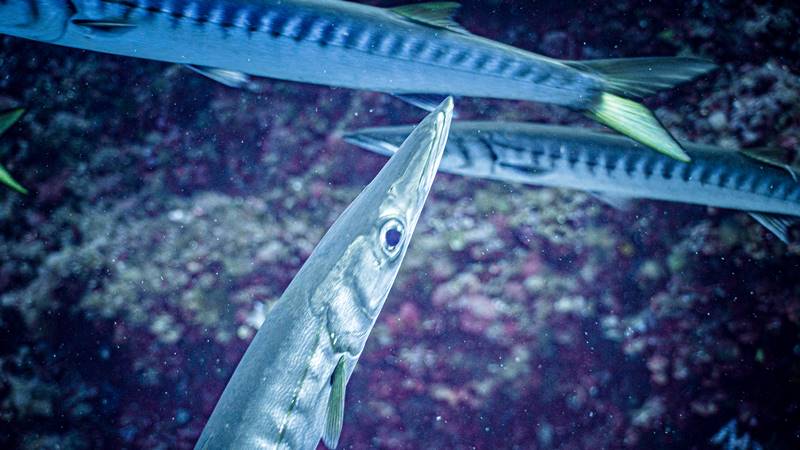
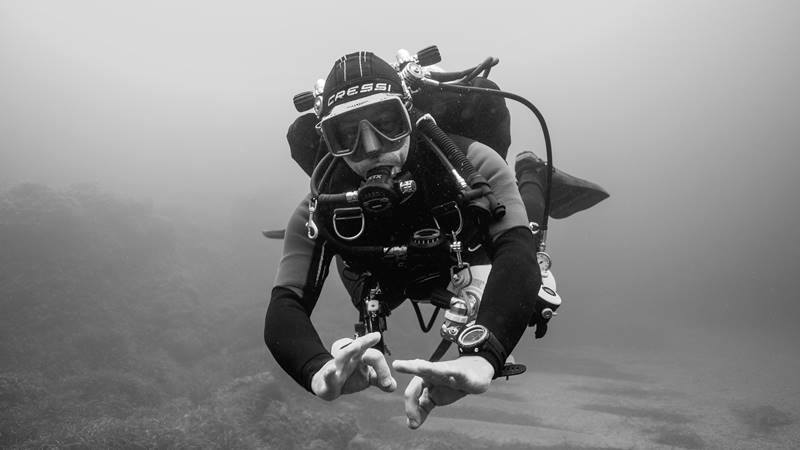
Self Reliant Diver
La mayoría de las inmersiones se realizan con compañeros de buceo, pero el buceador experimental puede querer o necesita realizar inmersiones sin un compañero.
Durante el curso Autónomo, aprende los riesgos potenciales del buceo individual, el doble equipo y el equipo de rescate necesario.
Durante tres inmersiones, desarrollas las técnicas de autonomía e independencia, mientras te conviertes en el mejor compañero en un equipo de parejas.

